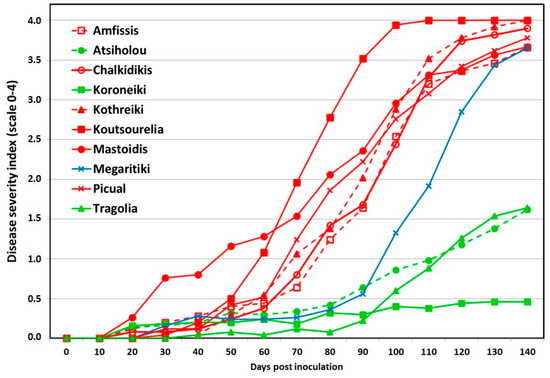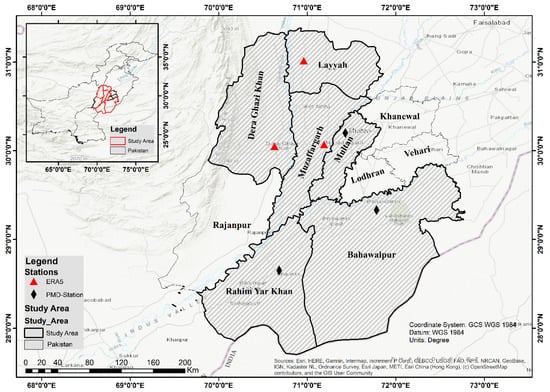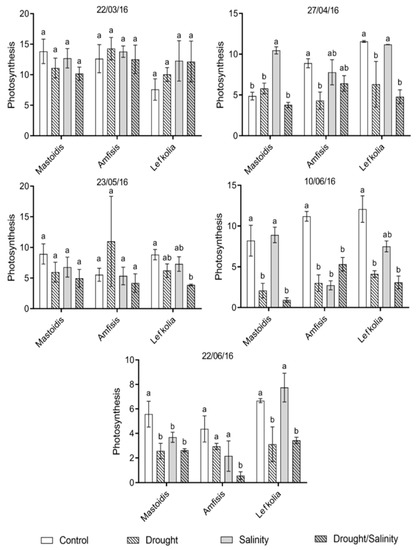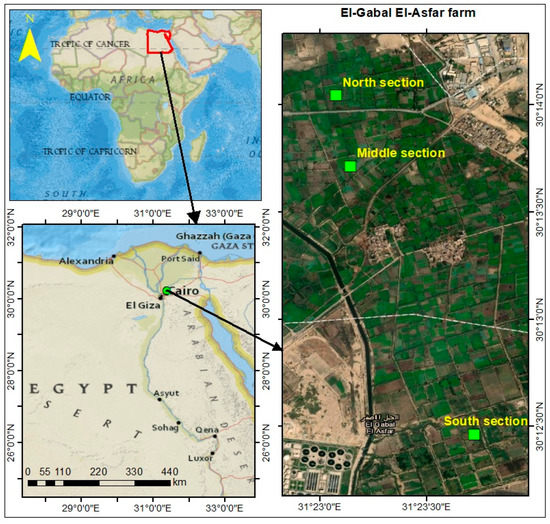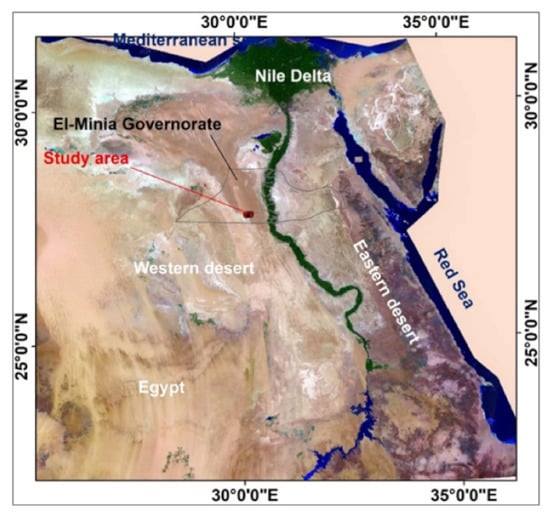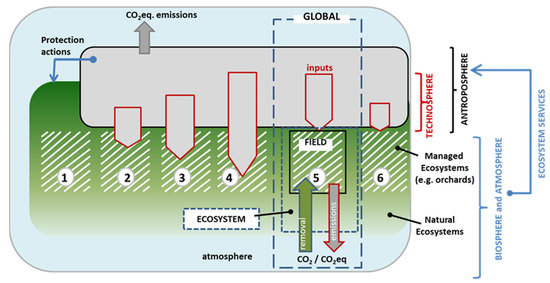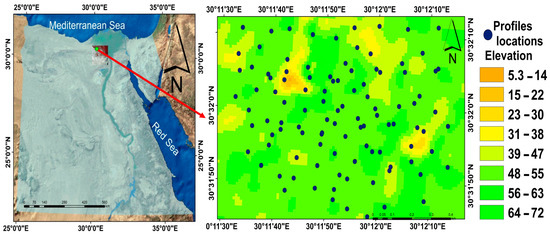Sustainable Soil Management in a Changing Climate
A topical collection in Sustainability (ISSN 2071-1050). This collection belongs to the section "Air, Climate Change and Sustainability".
Viewed by 55411Editors
Interests: climate change; agricultural sustainability; circular economy; soil, water and biodiversity conservation; remote sensing; plant breeding; ecosystem services; olive growing
Special Issues, Collections and Topics in MDPI journals
Interests: soil management; cover crops; modeling; erosion; water; landscape; desertification; GIS
Special Issues, Collections and Topics in MDPI journals
Interests: unlocking spatial soil management information; assessing viability and sustainability of land management; appreciating land management decisions
Interests: soil management; carbon cycle; plant physiology; photosynthesis; ecosystem services
Topical Collection Information
Dear Colleagues,
Agriculture plays a vital role in sustaining food security, fostering economic growth, and protecting the environment. Following a period of intensification of production systems during the second half of the twentieth century, we currently face the consequences manifesting through degradation of soil and water, decline in biodiversity, and anthropogenic climate changes. Incidents of extreme drought, flood, eutrophication, salinization, nitrification, and species extinction are in the daily agenda at a global level.
Adopting sustainable crop and forest management is suggested as the only way to mitigate the impacts of past over-intensive land use schemes and adaptation to changing climatic conditions. This Topical Collection will present the latest research findings related to good practices in crop and forest management and provide insights about human–agroecosystem interaction, ecosystem services, climate change mitigation and adaptation, soil microorganisms, and water cycle towards the establishment of a long-term balanced and resilient coexistence of humanity, plants, animals, and our environment.
Original research papers as well as review articles are welcome. Works recently presented in relevant conferences but not published elsewhere will be considered for inclusion in this ambitious initiative.
Dr. Georgios Koubouris
Dr. José Alfonso Gómez
Dr. Luuk Fleskens
Prof. Giuseppe Montanaro
Collection Editors
Manuscript Submission Information
Manuscripts should be submitted online at www.mdpi.com by registering and logging in to this website. Once you are registered, click here to go to the submission form. Manuscripts can be submitted until the deadline. All submissions that pass pre-check are peer-reviewed. Accepted papers will be published continuously in the journal (as soon as accepted) and will be listed together on the collection website. Research articles, review articles as well as short communications are invited. For planned papers, a title and short abstract (about 250 words) can be sent to the Editorial Office for assessment.
Submitted manuscripts should not have been published previously, nor be under consideration for publication elsewhere (except conference proceedings papers). All manuscripts are thoroughly refereed through a single-blind peer-review process. A guide for authors and other relevant information for submission of manuscripts is available on the Instructions for Authors page. Sustainability is an international peer-reviewed open access semimonthly journal published by MDPI.
Please visit the Instructions for Authors page before submitting a manuscript. The Article Processing Charge (APC) for publication in this open access journal is 2400 CHF (Swiss Francs). Submitted papers should be well formatted and use good English. Authors may use MDPI's English editing service prior to publication or during author revisions.
Keywords
- climate change
- circular economy
- soil
- water
- biodiversity
- remote sensing
- ecosystem services
- GIS
- remote sensing








